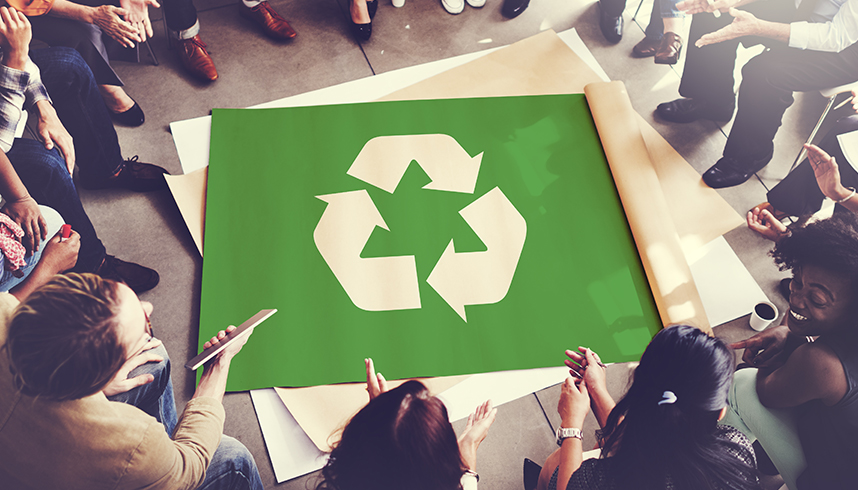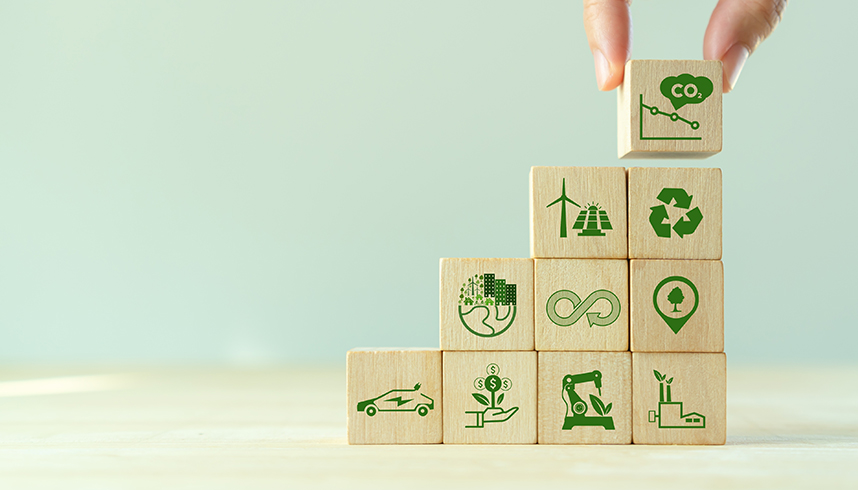
Facilities of the Future: 8 Ways to Effective Waste Management
Waste is one of the major causes of present environmental problems. Of course, many factors are responsible for the pollution of the environment, but waste is considered the primary source. With the development of industry and the increase in population, the amount of production and consumption is increasing, so it's fair to say that environmental waste is growing simultaneously.
Waste is a significant problem for our future and must be controlled. Scientific sources indicate that plastic waste decomposes into nature over 500 years and that approximately 10 million tons enter the ocean annually. Increased pollution leads to dangerous consequences such as the inefficiency of agriculture, the deterioration of the food chain, and the appearance of pests. Against all this negativity, governments and institutions are working to manage waste as harmlessly as possible. So, what is waste management? What are the steps taken to manage waste? Let's look at the details together.
What is waste management?
All sorts of substances that emerge after production, consumption, and application activities and can harm the environment and the public are referred to as waste. Waste management processes consist of the following: Preventing the formation of waste, reducing it at its source, reusing, separating according to its characteristics and type, accumulating, collecting, temporary storage, transportation, intermediate storage, recycling, recovery including energy, disposal, after disposal operations, monitoring, control, and supervision.
Waste management regulations allow institutions to act in specific settings and organizationally. The Waste Management Regulations published in our country in 2015 also outline the role and duty of institutions and facilities in waste management. Planning through the waste management hierarchy works effectively in sustainable global efforts. Let's go through the waste management hierarchy.

What is Waste Management Hierarchy?
The waste management hierarchy is established to determine priorities and manage waste most efficiently. Let's dive deeper into the six topics in the hierarchy:
- Waste prevention
- Waste reduction
- Reuse
- Recycle
- Energy recovery
- Disposal
Waste prevention is about extending the life of products or re-using them. Before identifying products as waste, it is intended to examine the re-usability of products and to put them into use.
Reducing waste is limiting the use of resources and unnecessary consumption when it is impossible to prevent waste. Methods such as developing clean technologies and reducing packaging are used in waste-producing industries.
These are situations where waste can be used repeatedly as designed. Products like glass bottles, plastic bags, and clothing can be reused until they become waste.
Recycling involves collecting recyclables separately at the source and processing them as raw materials. Recycling makes it possible to reduce greenhouse gas emissions and wastewater production while saving energy.
The energy recovery method is the generation of energy from non-recyclable waste. This method is implemented by obtaining waste gas through anaerobic disintegration (without oxygen), combustion, and gasification. This gas can be used as fuel, heat, or electrical energy due to various processes.
The final option within the waste management hierarchy is waste disposal. If the first five items of the list are not applicable, the waste is disposed of under regulations. We have reviewed every step of the waste management hierarchy. What therefore needs to be done to manage waste effectively?

Tips for effective waste management
Facilities require systematic processes to effectively and efficiently implement waste management steps. Disruptions in waste management will destroy the entire effort and cause harm while trying to benefit the environment. Therefore, it is necessary to act professionally and within the framework of the regulations. Here are 8 tips for managing waste efficiently:
- Specialization
- Identification
- Separate collection at source
- Staff training
- Temporary waste landfill
- Pre-treatment
- Dispatch of waste
- Record keeping
The waste management process must be conducted from a single point so that the interconnected stages progress in a controlled manner. For this reason, establishing an environmental unit with a responsible staff and waste management employees will help you maintain waste control.
Identifying all wastes from the facility and determining their sources is necessary; proper planning of time and labor is only possible in this way. The process may begin with determining household, packaging, and industrial waste collected by the municipality. Following determining the frequency, amount, and source of the wastes in the facility, the actions to be applied within the legislative framework are planned.
One of the most important ways to save time in waste management is to collect waste separately at its source. Collecting waste first and then sorting it is a laborious process and takes a lot of time. Managing the waste separately at the source saves this work and time. For separate collection, it is necessary to place different designated containers for each type of waste at the places where the waste is generated.
An understanding of waste types and waste management processes is also essential. Therefore, it would be helpful to provide waste management training to all staff, particularly the waste management team. If everyone understands their role in waste management and is sensitive enough, process success will increase.
Waste collected separately from the source at the facility may need to be stored securely until the following process. Consequently, temporary storage of waste is necessary. Depending on the type of waste, warehouses should be constructed under conditions determined by waste management regulations. Temporary waste storage in the facility will allow the waste to be stored safely until recovery.
There is a need to facilitate the storage and transport of waste. Compressing packaging waste reduces its weight and footprint, makes it easier to store and transport, and reduces costs. Drying wet waste wherever possible will be of great benefit in terms of weight, surface area, and risk of leakage.
The necessary research should be conducted to recover or dispose of the stored waste. Depending on the outcome, working with authorized facilities for waste management is required
Records for all transactions within the waste management process should be maintained. Such records will facilitate legal proceedings and the regulation of waste management plans at facilities.
These methods will undoubtedly improve the success of the system.
The zero-waste achievement of SOCAR Türkiye
We attach great importance to waste management and continue to develop and strengthen recycling in our country. We strive to protect the environment and human health through the Zero Waste Management System, which we conduct as part of the waste management hierarchy.
The fundamental principle of our developed waste management system is to prevent and recycle waste by separating it at the source. In this context, we handled around 63,000 tons of waste in 2021 with the Zero Waste Management System of our Petrochemical Refinery Business Unit.
We are also involved in pioneering projects to enhance waste management at SOCAR Türkiye. One is the “Development of Raw Materials Suitable for Refinery and Petrochemical Inputs from Waste Polyolefins” project in cooperation with METU. When the work is finished, we aim to convert plastic waste into raw materials for use in the petrochemical industry.
In short, it is promising for the future to be able to process plastics, which take centuries to dissolve in nature and cause significant environmental damage. As SOCAR Türkiye, we continue to enhance our waste management efforts to make the world more sustainable.